- Your cart is empty
- Continue Shopping
48% off
Multi Color Carpet Anemone
Original price was: ₹2,599.00.₹1,350.00Current price is: ₹1,350.00.
- Care Level- Easy
- Temperament- Aggressive
- Color Form-Tan
- Diet- Carnivore
- Reef Compatible- With Caution
- Water Conditions- 72-78° F, dKH 8-12, pH 8.1-8.4, sg 1.023-1.025
- Origin- Philippines, Vietnam
- Family- Stichodactylidae
- Lighting- High
- Supplements- Strontium, Iodine, Trace Elements
- Waterflow- Strong
- Placement- Bottom
- Minimum Tank Size- 50 gallons
Availability: 1 in stock
Buy Now
Add to cart
Product Description
|
The Color has a wavy appearance, and lives singly, in the
shallow waters of the Central Pacific, Indo Pacific and Red Sea. Normally found on rocky reefs with soft muddy or sandy substrate it can attain a size of up to three feet in diameter. This anemone is also referred to as the Carpet Anemone, Gigantic Sea Anemone, or Giant Carpet Anemone. It has relatively short, tapered tentacles with a milder sting than its close relative Stichodactyla haddoni. The Anemone and can be distinguished from Stichodactyla haddoni by the rows of spots on the underside of the oral disc which stop at the column. This
anemone serves as a “host” for many types of clownfish in the wild including: Amphiprion clarkii, A. perideraion, A. akindynos, A. rubrocinctus, A.barberi, A. bicinctus, A. ocellaris, and A. percula. The Anemone requires a tank with very strong lighting and
strong water movement. The aquarium should have a variety of sandy and rocky locations as this animal oftentimes can move about and seek refuge in a place it prefers. This species of Anemone prefers to bury its foot into the sandy bottom at the base of a rock, and it will oftentimes attach itself to the bottom of the aquarium glass, where its column is completely protected under a rock and in the sand for protection. best to try and dig out an area of the sand bed at the base of a large display. Doing so will allow the anemone time to settle in, so its pedal disc or foot can adhere to the rock where it is placed. Once in place, carefully move some sandy substrate around the column and increase the flow rate back to the normal output. |
Only logged in customers who have purchased this product may leave a review.

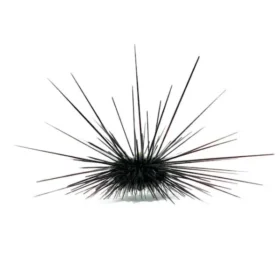






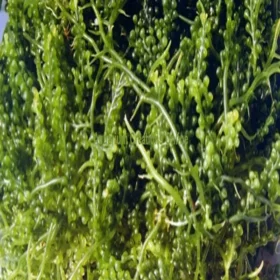
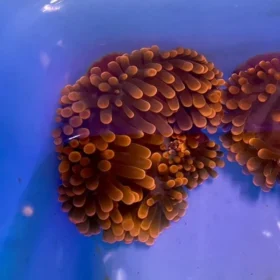


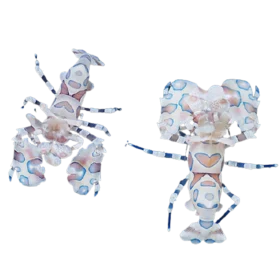
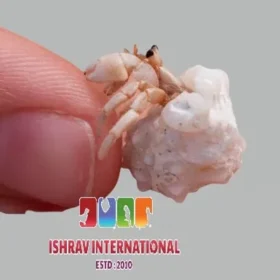
Reviews
There are no reviews yet.